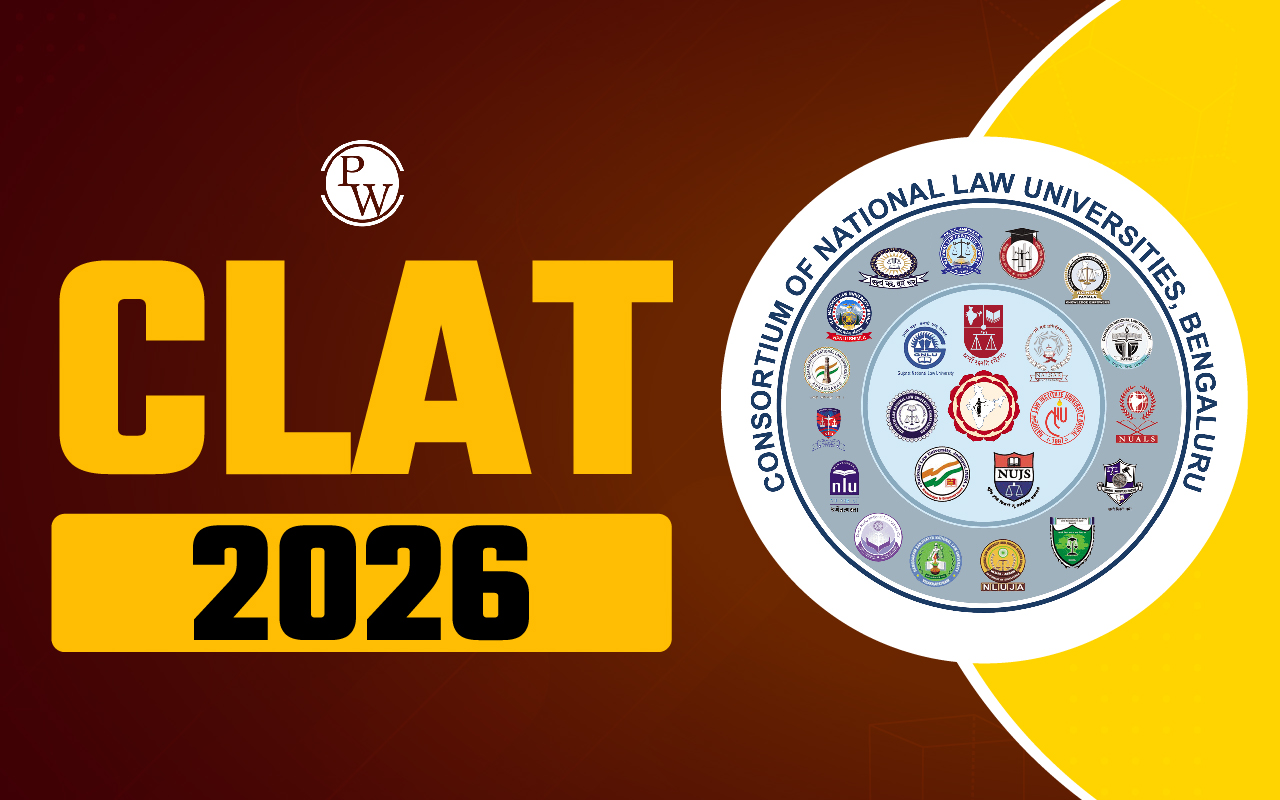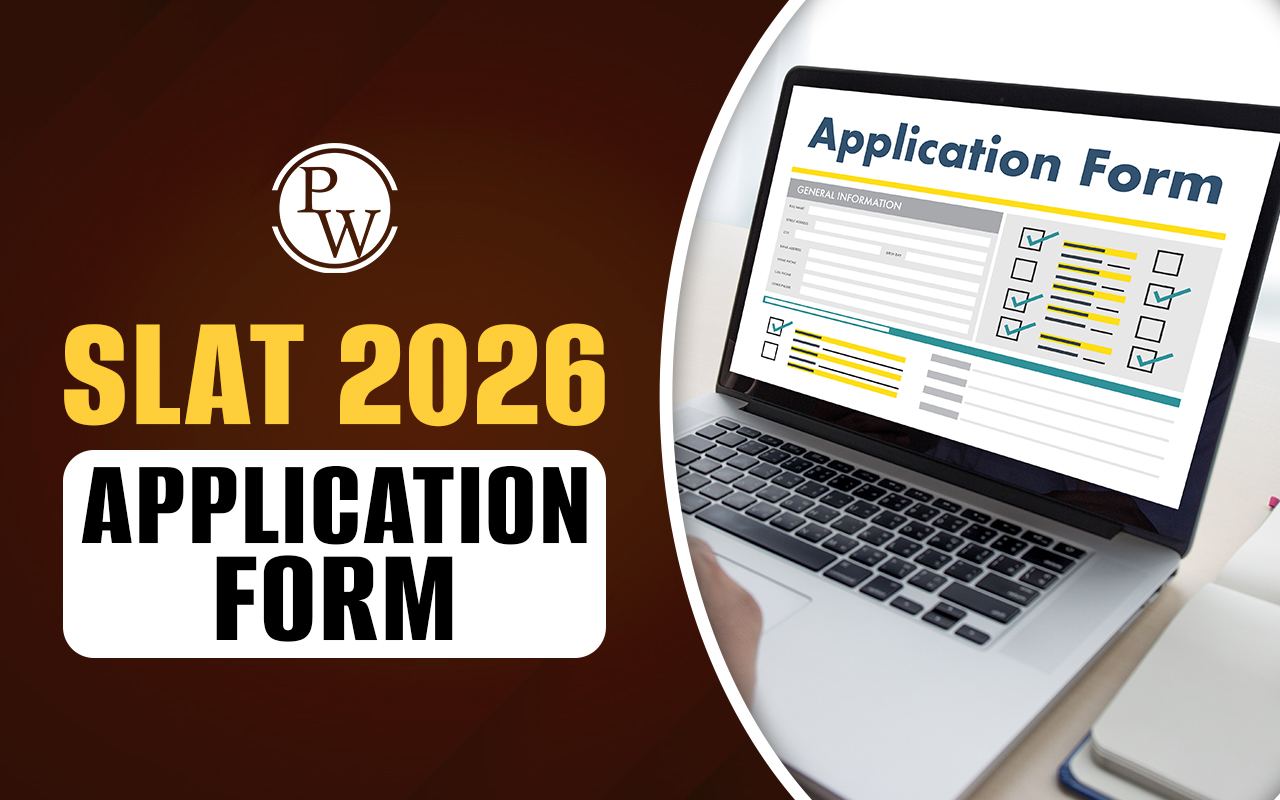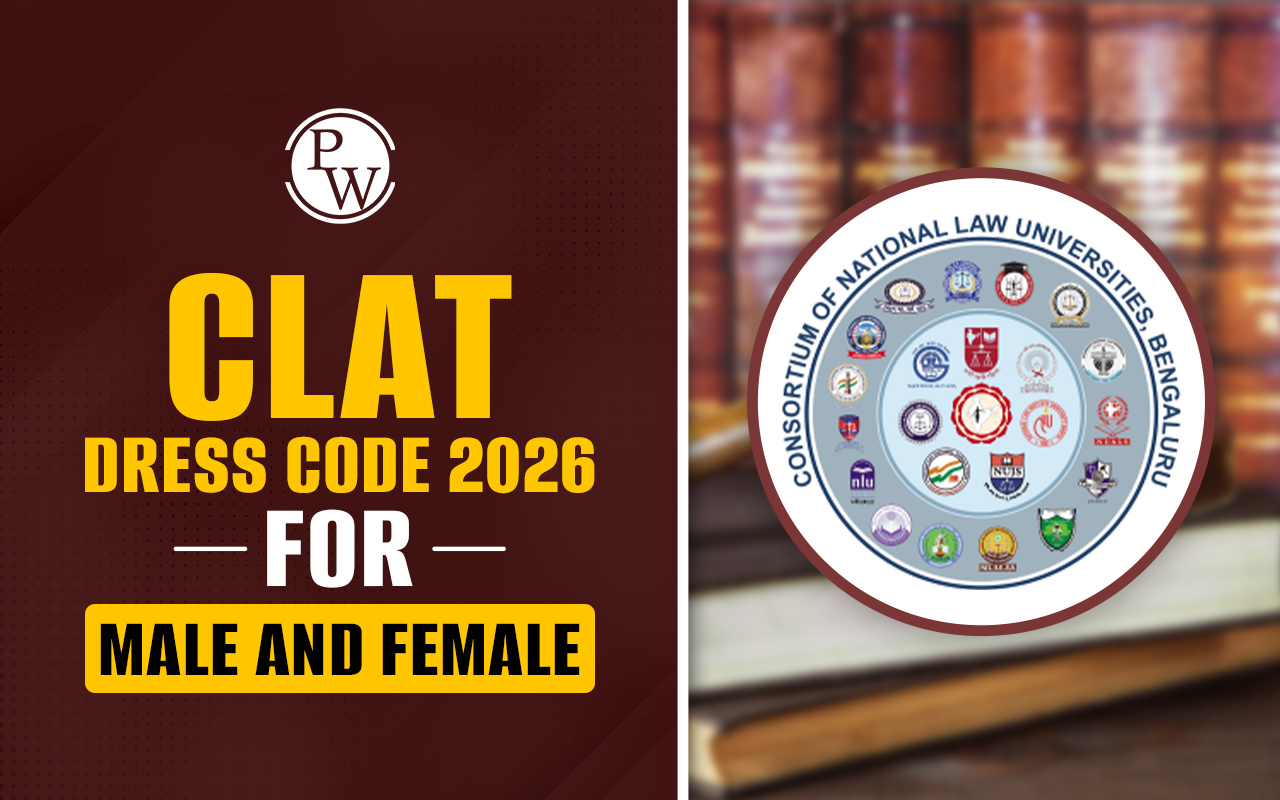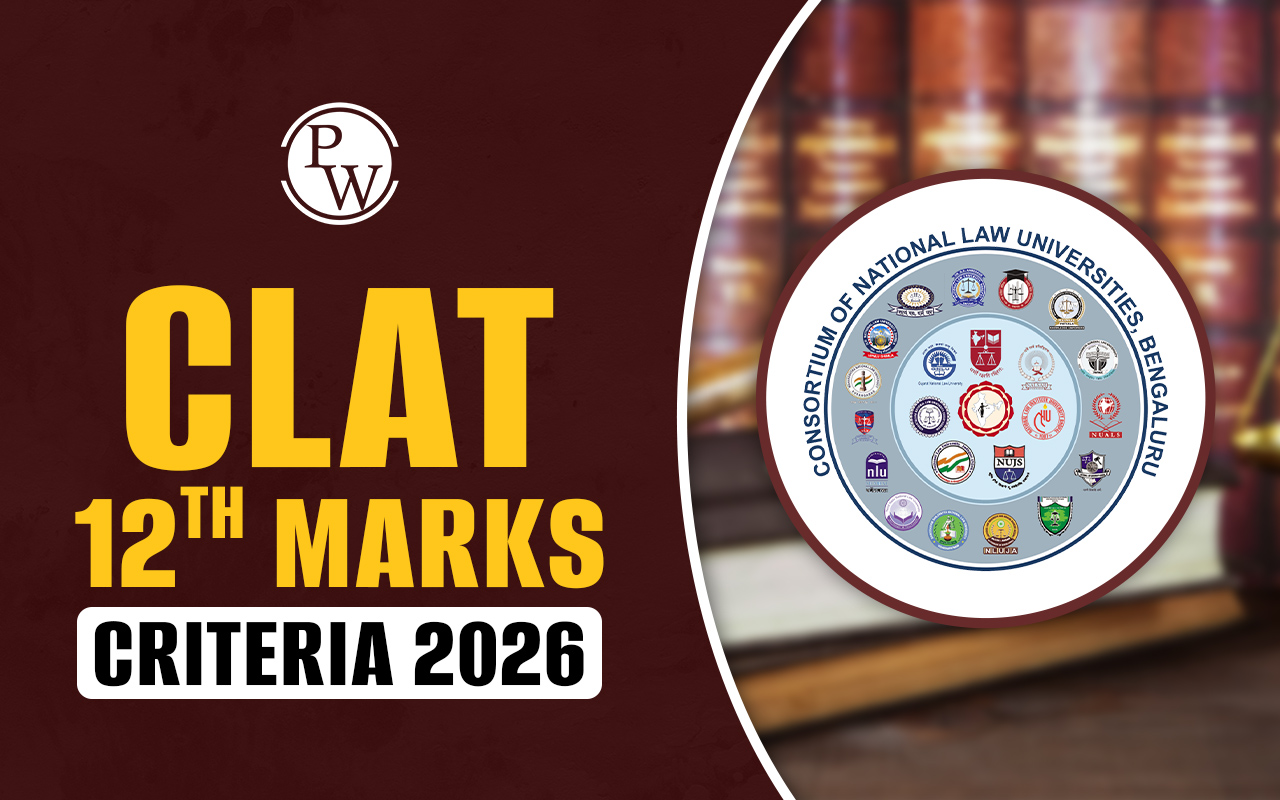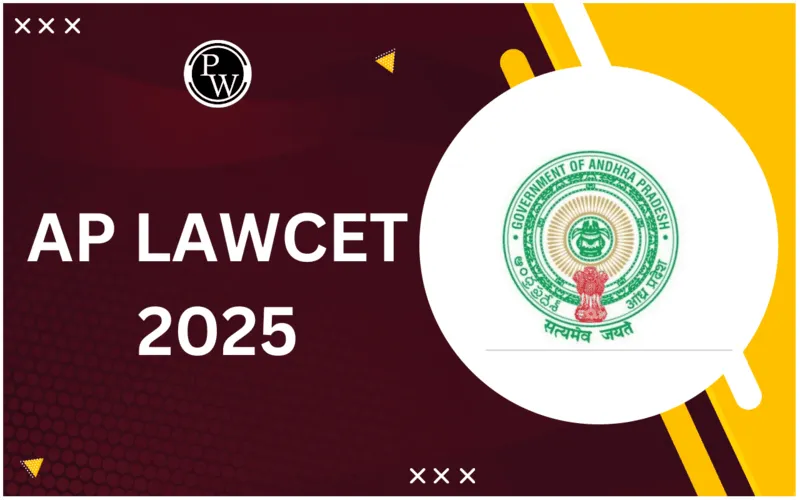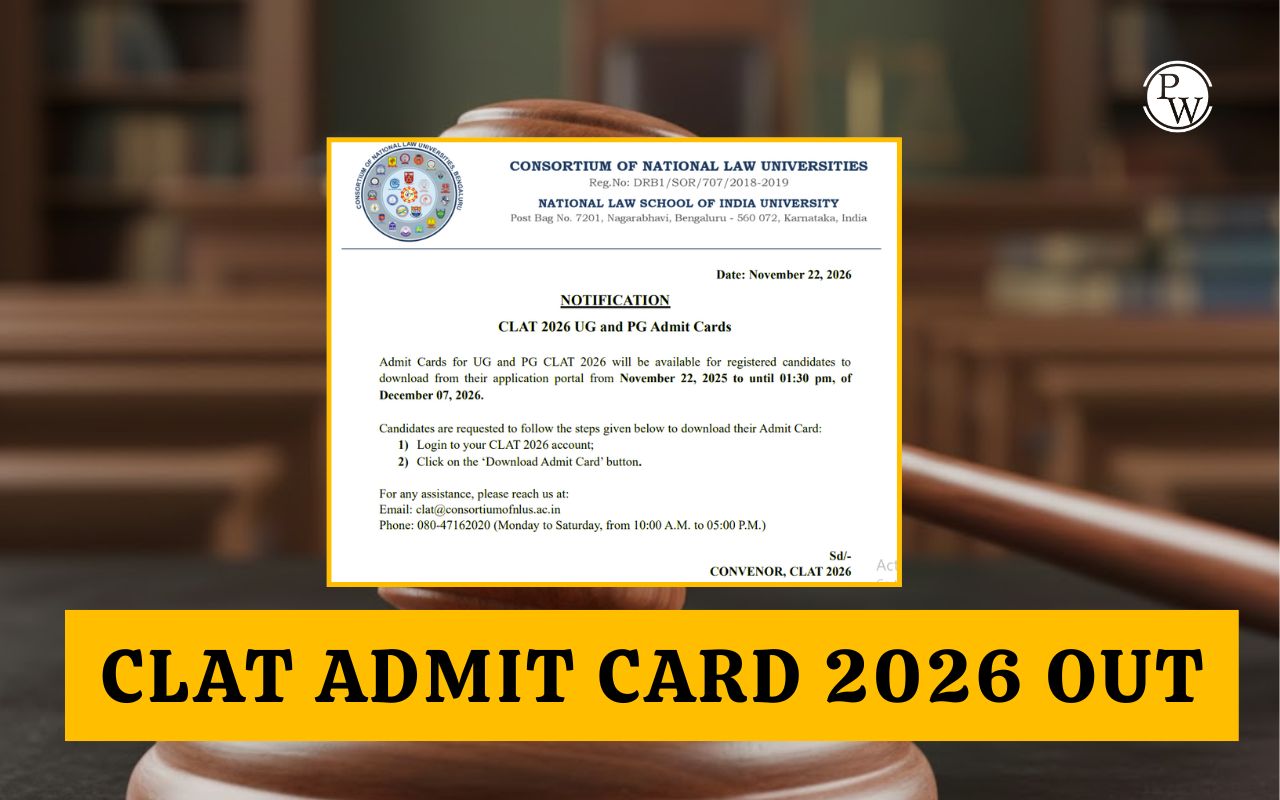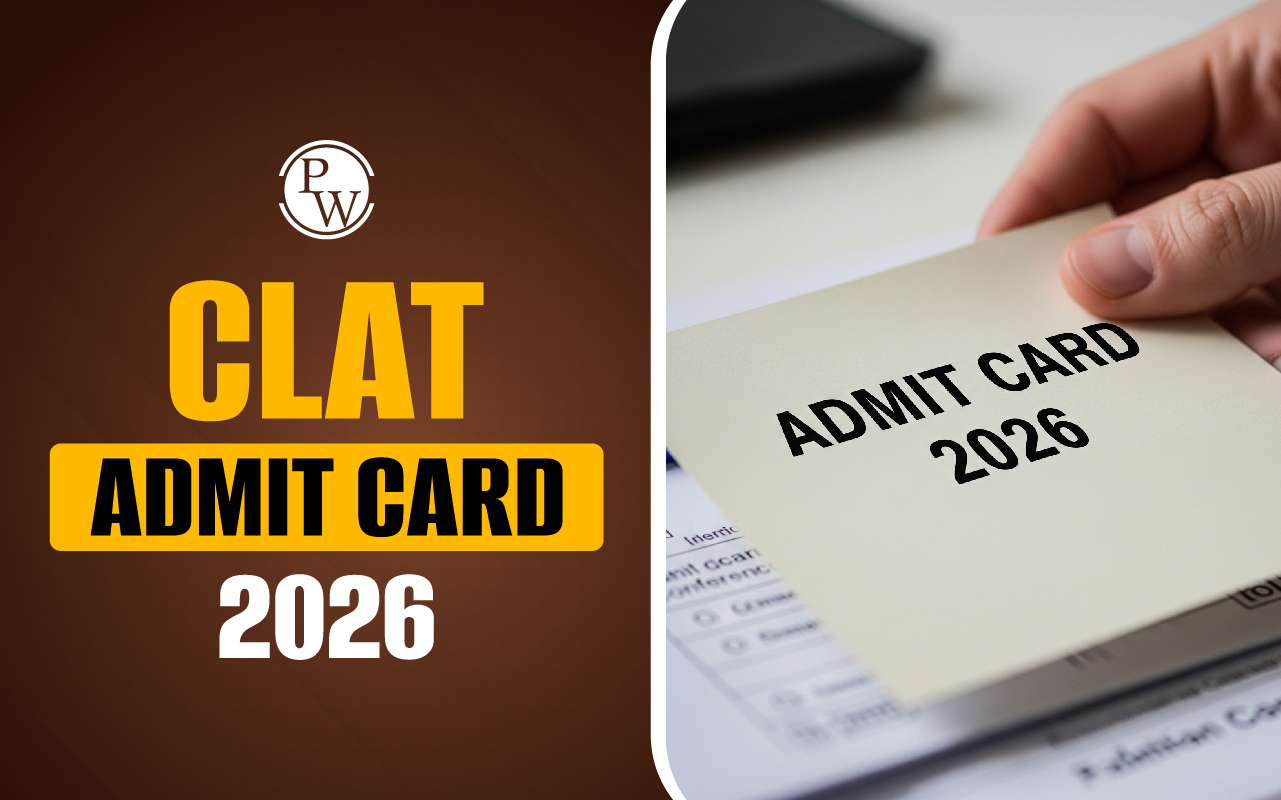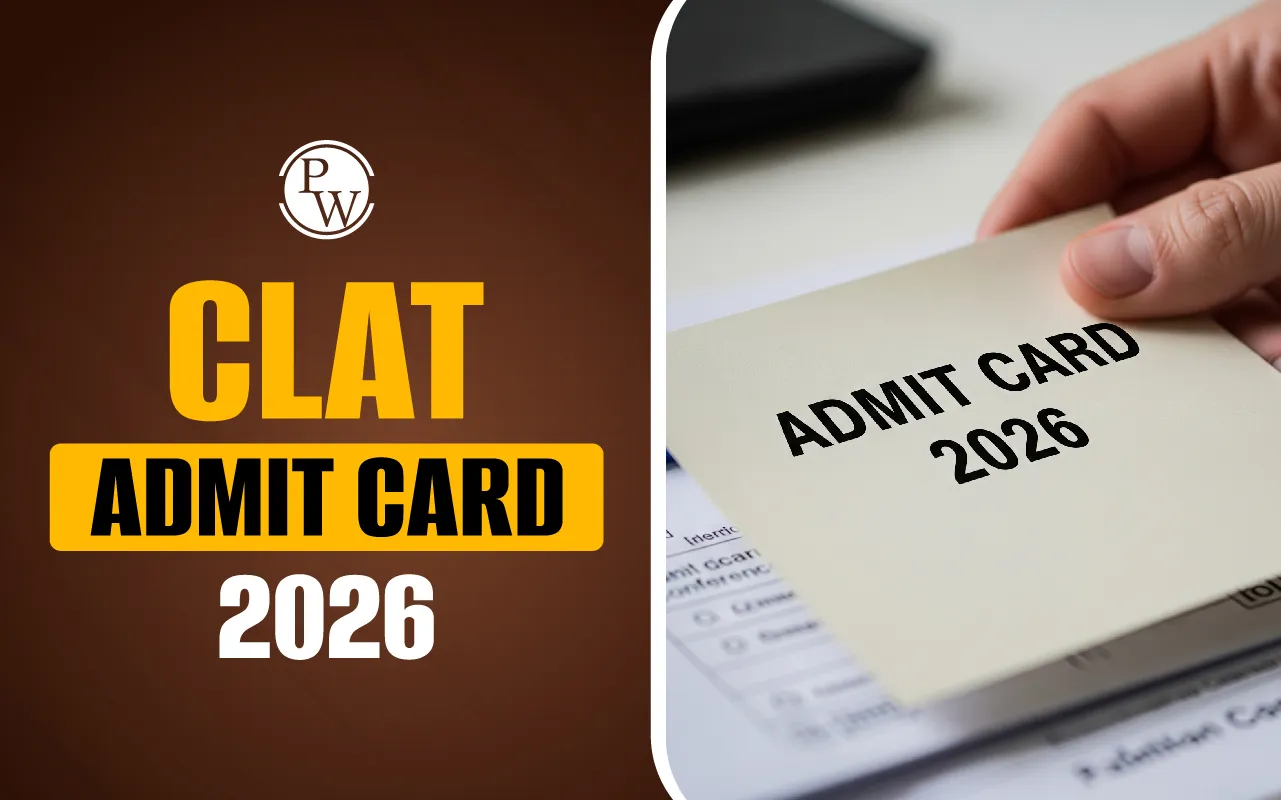

CLAT 2025 Quantitative Techniques Syllabus: Excelling in the Quantitative Techniques section of CLAT is vital for passing the exam. This section, representing 10% of the test and consisting of 10-14 questions, focuses on fundamental Class 10 math concepts. It will assess your ability to analyze and interpret visual data, including tables, charts, and diagrams. Mastering these 10th-grade mathematical principles through thorough practice will enhance your performance in this section.
Checkout Law Books from PW Store
Is the Quantitative Techniques Section Very Important?
Yes, the Quantitative Techniques section is crucial and can be highly scoring. It covers fundamental mathematics, so with thorough preparation, you can achieve a high score. Adequate practice in this section can significantly boost your overall exam performance. Read More: CLAT Registration 2025 (Started)What Is the Quantitative Techniques Syllabus?
The Consortium of National Law Universities (CNLU) outlines that the Quantitative Techniques section will feature short data sets, graphs, and other visual information. You'll need to answer questions based on these data presentations. This section will evaluate your ability to:- Interpret and analyze numbers presented in various formats such as text, graphs, and tables.
- Perform basic mathematical operations including algebra, ratios, statistics, and mensuration, all at a 10th-grade level.
| What Is the Quantitative Techniques Syllabus? | |
| Types of Visual Data | Key Mathematical Topics |
| Mixed Graphs | Number Systems |
| Table Charts | Roots |
| Line Graphs | Decimals and Fractions |
| Bar Graphs | Surds and Indices |
| Pie Charts | Averages |
| Caselet Data Interpretation (Passage-Based) | HCF & LCM |
| Ratios & Proportions | |
| Profit & Loss | |
How Many Questions Are There in the Quantitative Techniques Section?
The Quantitative Techniques section features 13-17 multiple-choice questions, constituting about 10% of the total exam. Although its weightage is lower compared to other sections, its importance remains significant. To excel, practice extensively with past year’s papers and sample tests provided by the CNLU. This will help you become familiar with the format and increase your confidence. Regular practice is key to mastering this section.- Weightage : 8.66 – 11.33 %
- Number of Questions : 13-17 MCQs
- Marks : 13-17
- Negative Marking : -0.25
What Are the Most Essential Topics in Quantitative Techniques?
Certain topics in the Quantitative Techniques syllabus are particularly important and warrant extra practice. Here are the key areas you should focus on:- Ratio and Proportion
- Basic Algebra
- Mensuration
- Statistics
- Volume and Surface Area
- Probability
- Time and Distance
- HCF and LCM
My Math Skills Are Weak. How Can I Improve My Scores from 2-3 to At Least 10-12 in the Next Three Months?
The math section of the exam is straightforward and covers basic 10th-grade concepts. To excel and get into top National Law Universities (NLUs), consider these approaches:SMART WAY:
- Review past years' papers to pinpoint common topics.
- Concentrate your study on these key areas to maximize your efficiency, especially if time is limited.
HARD WORK WAY:
- Study NCERT math textbooks from grades 6 to 10 to strengthen your foundation.
- Practice solving past CLAT math questions under timed conditions to enhance your speed and accuracy.
- Learn mathematical tricks and shortcuts to solve problems more quickly and handle complex calculations with ease.
- Regularly practice with previous years' question papers and mock tests to familiarize yourself with the exam format and improve time management skills. This will also help you identify frequently asked question types.
Can I Succeed in CLAT by Avoiding the Quantitative Techniques Section?
We strongly recommend not skipping the Quantitative Techniques section. With over 50,000 students competing for a spot, every mark is crucial. Neglecting this section can significantly impact your rank, as even a single mark can make a big difference. The math section is relatively straightforward, consisting of 10-14 questions that can be mastered with focused practice over a few months. You have almost six months to improve your skills in this area. Avoiding the Quantitative Techniques section could reduce your chances of securing a place in a top law school. Many students who skipped math in their mock tests struggled with the actual exam. Consistent practice and dedication to all sections are essential for success.Read More: CLAT GK Overview
Recommended Books for Quantitative Techniques
Here are some key books to help you practice for this section:- Data Interpretation by R.S. Aggarwal
- Fast Track Objective Arithmetic by Arihant Publications
- Quantitative Aptitude by R.S. Aggarwal
- Quantitative Aptitude for Competitive Examinations by Pearson
- 30 Days Wonder for Maths by S. Chand
Preparation Tips for the Next 6 Months
With only 6 months remaining before the exam, here's a concise guide to preparing for the Quantitative Techniques section:1. Practice Consistently
Aim to solve at least 20 relevant questions each day. Start with specific topics and gradually tackle more challenging problems. Identify your strengths and weaknesses and tailor your practice accordingly. Regular practice will enhance your speed and accuracy, helping you solve most questions within a minute as you advance.2. Take Mock Tests and Analyze Performance
Incorporate regular mock tests into your study plan to familiarize yourself with the exam's question patterns and difficulty levels. Regular testing will help you improve your speed and identify areas needing further practice. Balance your focus between strengthening weak areas and maintaining your strong ones.3. Memorize Essential Formulas and Tricks
Certain mathematical sections require memorization of formulas and shortcuts. Create a formula sheet and review it daily. Mastering these formulas and tricks will save you time during the exam and improve efficiency.4. Practical Tips for Effective Preparation
- Memorize multiplication tables up to 20, squares up to 30, and cubes up to 20.
- Practice applying formulas in practical scenarios, especially in mensuration.
- Identify and focus on quicker questions (those solvable in under a minute) to maximize your score.
- Avoid spending more than 15 minutes on the maths section unless you’ve completed the rest of the exam. Do not get stuck on a single question
CLAT 2025 Quantitative Techniques Syllabus FAQs
How Many Questions Are There in the Quantitative Techniques Section?
What Is the Quantitative Techniques Syllabus?
What Are the Most Essential Topics in Quantitative Techniques?
Is the Quantitative Techniques Section Very Important?
My Math Skills are Weak. How Can I Improve My Scores from 2-3 to At Least 10-12 in the Next Three Months?

